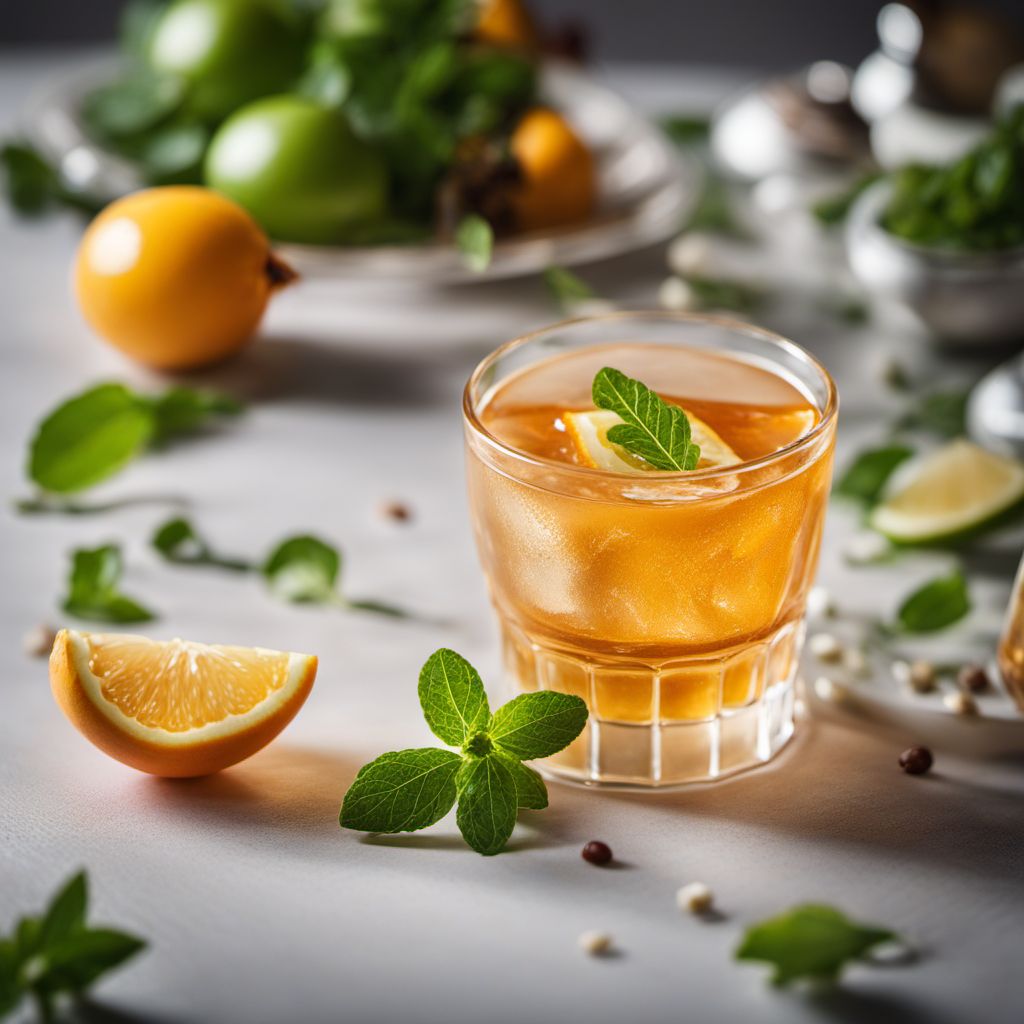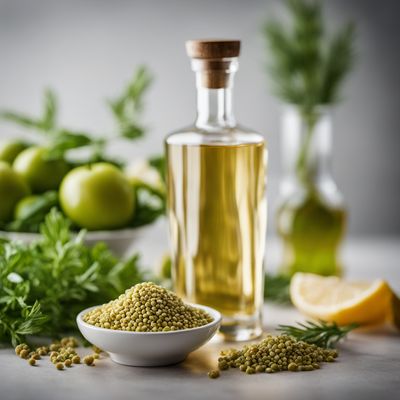
Ingredient
Liqueurs
The Art of Liquid Indulgence
Liqueurs are crafted by infusing spirits with various fruits, herbs, spices, or botanicals, resulting in a wide range of flavors and aromas. They are often sweet and have a syrupy consistency, making them perfect for sipping or adding a burst of flavor to culinary creations.
Origins and history
Liqueurs have a rich history dating back centuries, with origins in monastic traditions and medicinal remedies. They were initially created by monks who infused spirits with herbs and botanicals for their perceived healing properties. Over time, liqueurs evolved into luxurious indulgences enjoyed for their complex flavors and aromatic profiles. Today, they are produced worldwide, with each region offering unique variations and recipes.
Nutritional information
Liqueurs are typically high in sugar and alcohol content. While the exact nutritional profile varies depending on the specific liqueur, they are generally considered indulgent treats rather than a significant source of nutrients. It is important to consume them in moderation due to their high calorie content.
Allergens
Liqueurs may contain allergens such as nuts, dairy, or gluten, depending on the ingredients used in their production. It is crucial to read the labels carefully and consult with manufacturers if you have any specific allergies or dietary restrictions.
How to select
When selecting liqueurs, consider the quality of the ingredients used and the reputation of the producer. Look for well-known brands or artisanal producers that prioritize using natural and high-quality ingredients. Additionally, pay attention to the clarity and color of the liqueur, as vibrant and clear hues often indicate superior quality.
Storage recommendations
To maintain the freshness and quality of liqueurs, store them in a cool, dark place away from direct sunlight and heat sources. Seal the bottles tightly to prevent oxidation and evaporation. Once opened, some liqueurs may benefit from refrigeration to prolong their shelf life.
How to produce
Producing liqueurs at home requires expertise and specialized equipment. It is recommended to leave the production to professional distilleries and focus on exploring the vast array of commercially available options.
Preparation tips
Liqueurs can be enjoyed neat, on the rocks, or as a key ingredient in cocktails and desserts. They add depth and complexity to classic cocktails like the Margarita, Martini, or Old Fashioned. In desserts, liqueurs are often used to enhance the flavor of cakes, pastries, and ice creams. They can also be drizzled over fresh fruits or incorporated into sauces and glazes.
Culinary uses
Liqueurs are widely used in mixology and pastry arts, making them essential in creating signature cocktails and decadent desserts. They are a staple in classic cocktails like the White Russian, Irish Coffee, and Cosmopolitan. In the culinary world, liqueurs are often incorporated into recipes for tiramisu, truffles, and fruit compotes, adding a delightful twist to traditional dishes.
Availability
Liqueurs are available worldwide, with each region offering its own unique selection. Some renowned liqueur-producing countries include Italy (Amaretto, Limoncello), France (Grand Marnier, Chartreuse), and Mexico (Kahlua, Tequila-based liqueurs).
More ingredients from this category

Coffee liqueur
The Bold Elixir

Coconut cream liqueur
Tropical Delight: Exploring the World of Coconut Cream Liqueur

Egg liqueur
The Creamy Indulgence: Egg Liqueur

Chocolate liqueur
Decadent Cocoa Elixir

Milk liqueur
Velvety Elixir: Exploring the World of Milk Liqueur

Herb liqueur
Enchanting Elixir: Unveiling the Magic of Herb Liqueur

Fruit liqueur
A Burst of Fruity Delight: Exploring the World of Fruit Liqueurs

Cream liqueur
Velvety Indulgence: Cream Liqueur